Recent devastating events in the United States have prompted Americans to create their own doomsday shelters stocked with plenty of food and comfort in preparation for the next potential hazard to arrive.
What are the main food storage tips for doomsday preppers?
- Buy non-perishable foods and spices such as the following: basmati rice, kidney beans, chickpeas, honey, herbs and spices, salt and sugar, power bars, oats, energy bars, peanut butter, canned foods
- Prepare and store your food to last longer with mylar bags, oxygen absorbers, buckets, cans, and containers
Many survivalists have shared their tips on how to start preparing for the disaster, and it usually begins with learning how to feed yourself with the right foods to keep you going through the harsh hours.
Why Prepare For Doomsday?

Many would believe that preparing for doomsday may sound irrational and misguided as it is quite unlikely that the world would end.
However, when it comes to natural disasters big enough to destroy everything you have, it is perfectly rational thought.
So why should you also prepare for the worst?
Here are a couple of reasons to get you started thinking about a disaster situation for which you might want to build a shelter.
It Makes You Self-Sufficient
As straightforward as it seems, merely stocking up on necessary supplies such as food, water, and medical kits can help you withstand harsh circumstances for an extended period.
It does not necessarily have to be during a disastrous event, but it could help you become self-sufficient with items to keep you going.
No matter the type of emergency, it is better than you and your family having to be dependent on others for your survival if you can help it.
Prepares You For The Absolute Worst
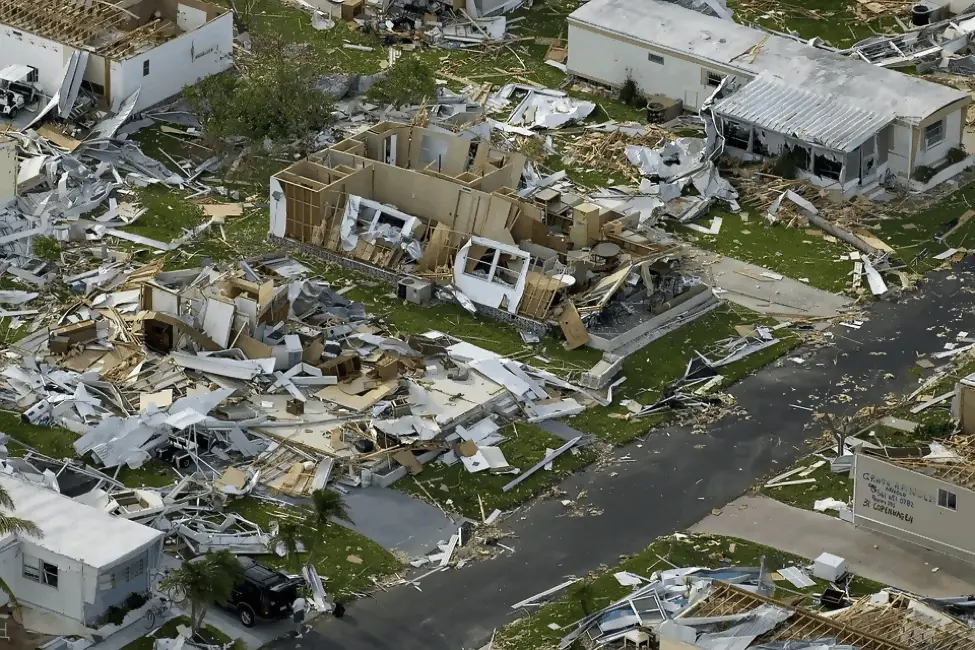
Even though there are some doomsday preppers, who don’t really believe that the end of the world is likely to come, they do it to keep themselves ready to get through any potential emergency.
Especially those situations that they encounter on a day to day basis.
If you’ve recently got sacked from your job or forced to stay inside by storms, hurricanes, or circumstances that can put your life in danger, these personal emergencies can benefit from rationed food.
This makes the prepared individuals who are already equipped with the necessities for the worst possible disaster in the future since they have the tools needed to pass through the earliest levels of distress.
So what sort of small emergencies should you be worried about when you’ve pretty much already prepared yourself for the possibility of a doomsday crisis?
If you’ve kept yourself mentally and physically ready for something similar to a zombie apocalypse or a nuclear disaster, you’re pretty much prepared to overcome basic everyday crises.
Choosing The Right Foods
Before embarking on a grocery shopping spree, understanding the right kind of food to purchase helps in creating a smart and efficient emergency doomsday pantry.
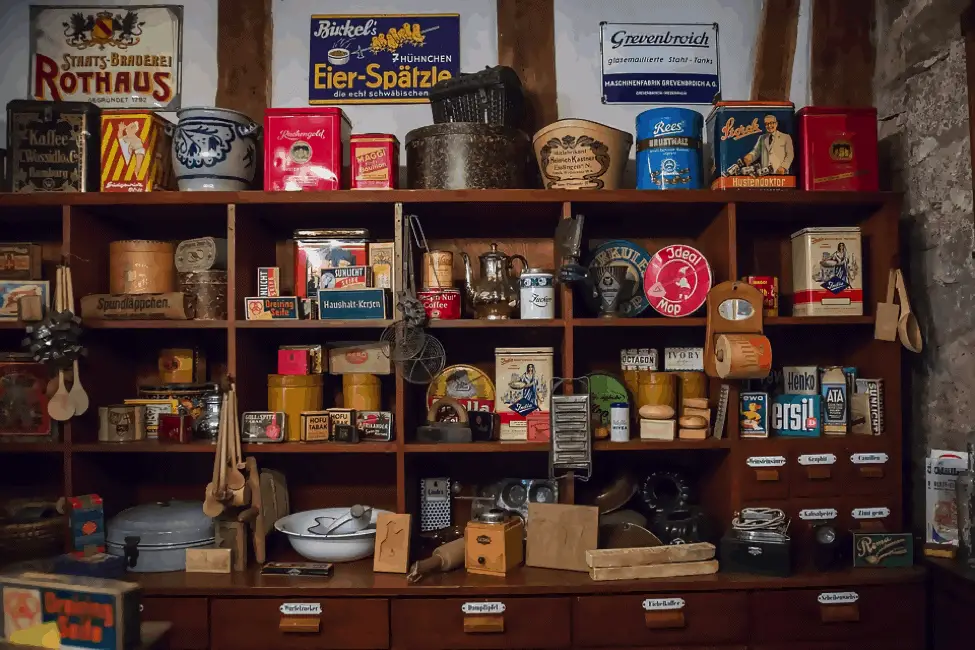
After clearing out space for a pantry, now it’s time to conjure up an appropriate shopping list.
Getting to know what kind of emergency food choices are right for you and your family is necessary to ensure that there is at least some form of enjoyment in having non-perishable foods.
Here’s a basic list of non-perishable foods for any doomsday prepper to start with:
- Basmati Rice
- Kidney Beans
- Chickpeas
- Honey
- Herbs and Spices
- Salt and Sugar
- Power Bars
- Oats
- Peanut Butter
- Canned Foods (Fruit, Vegetables, Meat, Soups)
Aside from getting the necessary items from your doomsday grocery list, keeping track of their expiry dates and the quantity of each element helps to keep your pantry organized and prevents you from stocking up on more than you need.
Shelf-life Of These Foods
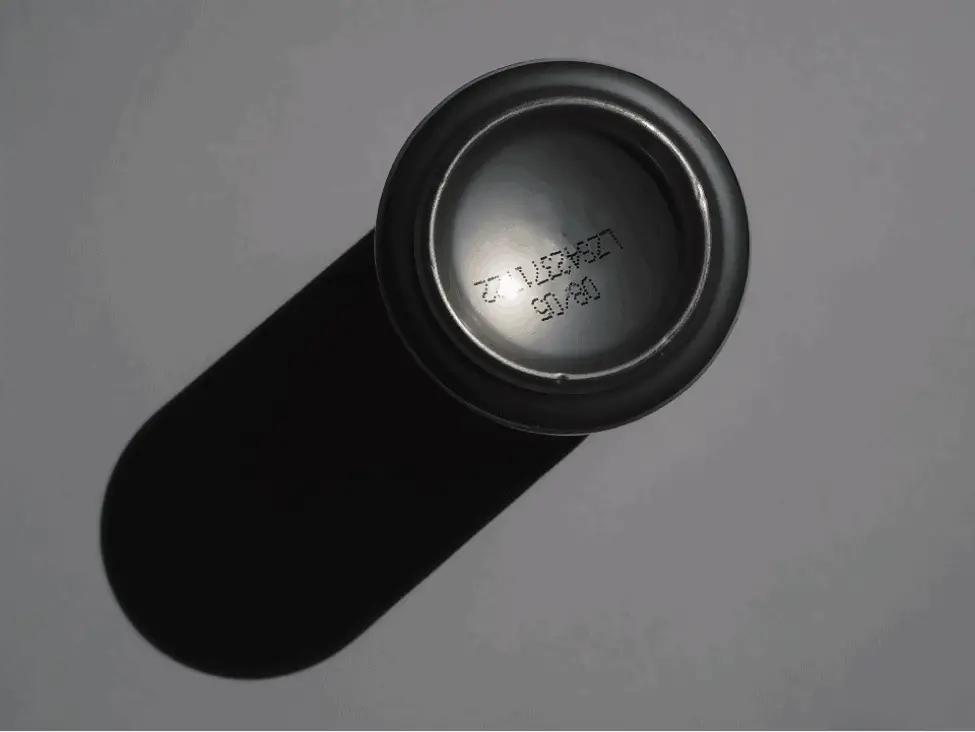
Even though its made to be non-perishable, foods like these are often made to last for long periods through the use of preservatives, but the majority of them come with an expiry date.
To prevent wastage of vast quantities of food, take note of what’s in stock in your pantry along with their respective expiry dates.
If stored correctly, certain types of food can be made to consume even past its expiration date.
Here are a few examples of foods to keep you going in a possible doomsday scenario:
Honey
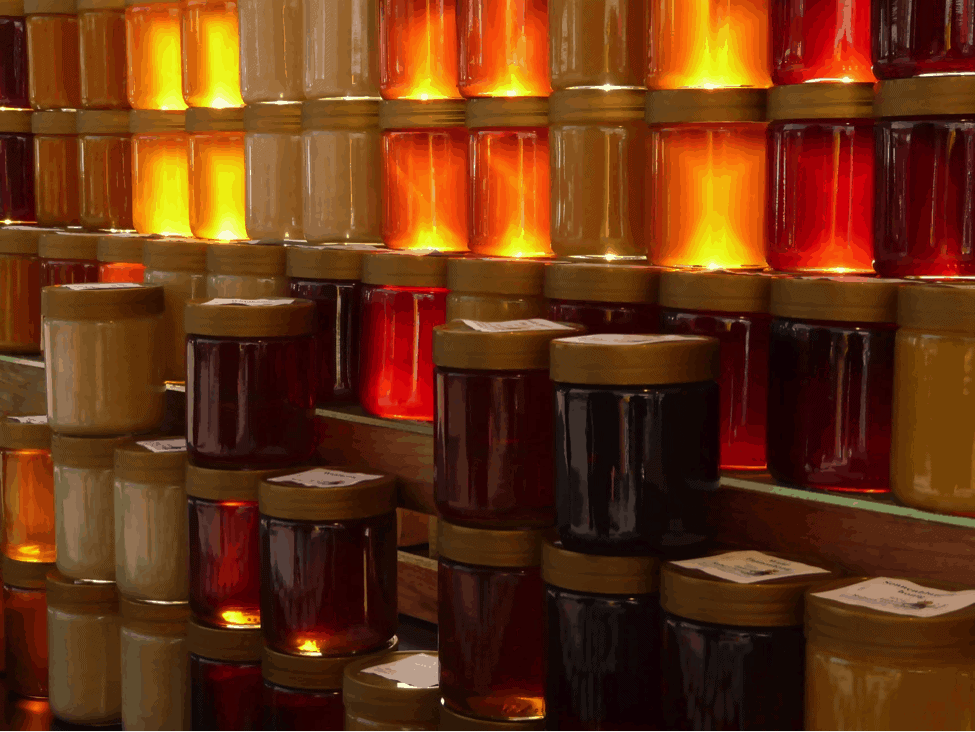
You’ve heard of how real honey does not expire at all, which makes it a pretty tasty addition to bland foods.
In fact, natural honey is capable of lasting forever because it primarily made up of natural sugars. The expiration date printed on the label usually tells you when honey should start to crystalize.
Crystalized honey is part of a natural process that does not really affect its quality, but you could always revert crystallized honey back to its liquid form by heating it.
Peanut Butter
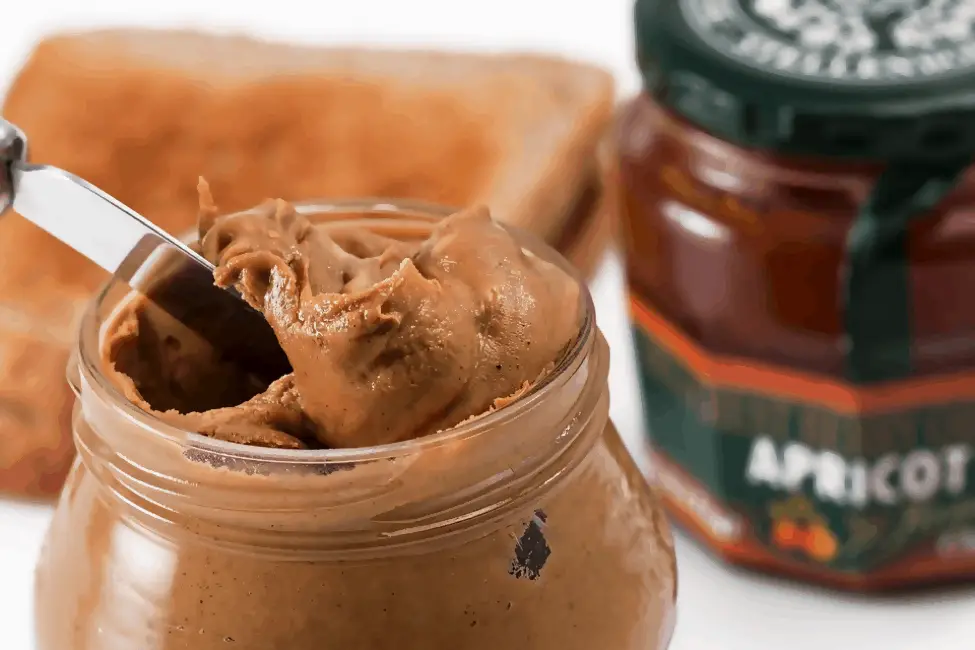
Peanut butter is an amazing source of protein, carbohydrates, vitamin E, and is also high in fats, making it an excellent food for a balanced energy source.
As its body content consists of mostly oil and no moisture, you can keep peanut butter for up to three to five years. Not only that, the high-fat content and vitamin E keeps it from oxidizing, allowing it to have a much longer shelf life.
Unfortunately, peanut butter does go rancid if not stored properly. Rancidification often occurs around 9 months to a year after opening.
Poor storage would cause the oxygen to break down its content that affects the smell and taste of the peanut butter.
However, you can still eat it for its energy source after its gone rancid. It’ll just taste unappetizing or, simply put; it will taste bad.
Canned Meat, Fruits, and Vegetables
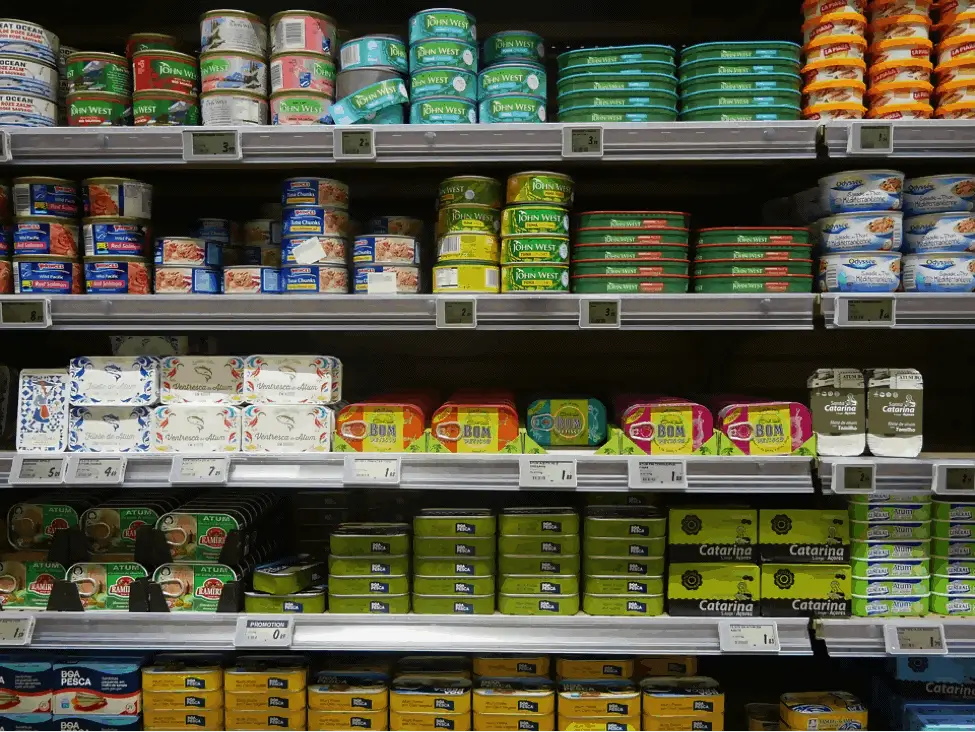
Canned items often come with an expiration date of their own, and it’s usually dated a few years ahead from its manufacturing date, making it one of the ideal foods that can be consumed after a long while.
Unfortunately, canned foods are prone to rust and corrosion of the can.
This happens more in high-acidic foods such as canned tomatoes, as the acid reacts with the container which will affect how the food tastes, texture, and nutritional value.
To find out more about canned food safety, the FDA website has a complete section dedicated to helping others understand how to preserve canned food safely.
You can read more about it here.
How To Prepare Foods
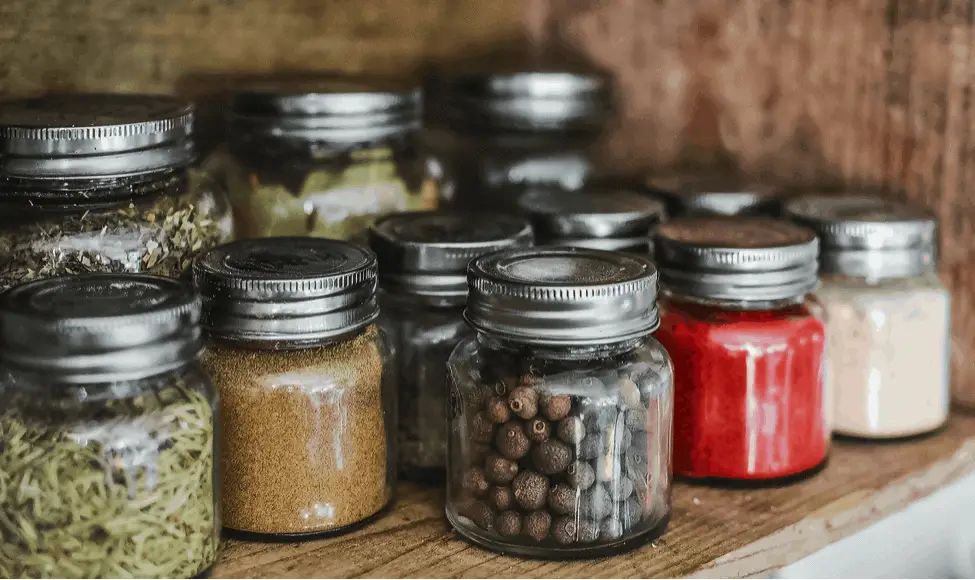
If you’re planning to only consume these foods right out of the package, you might need to think again.
Especially since you’re preparing for the worst, you’ll need the right storage equipment to store these foods properly as keeping bacteria at bay should be one of your top priorities in ensuring they last a long time on the shelf.
So, what do you need to keep your food fresh longer? Here are a few things to keep in mind:
Mylar Bags
Mylar bags are a type of food storage bags created to keep food stored for much longer by preventing factors such as heat, moisture, oxygen, light, and pests from affecting the food stored.
Food storage bags like Mylar’s are essential in forming a protective barrier against the environment from affecting the quality of your food, and Mylar bags ensure that your food items are stored in the top conditions.
While Mylar bags cannot replace food storage containers, they can be used to line containers or buckets and then sealed for maximum protection.
Oxygen Absorbers
If you want to ensure your food storing methods are effective, using an oxygen absorber is beneficial for long term food storage.
Compared to vacuum packaging, oxygen absorbers removes only the oxygen content, leaving only nitrogen, which will not affect the food, nor does it allow bacterial growth.
Nitrogen is an essential factor in food preservation as it fills up the remaining pockets of the bag, which means no moisture will be able to get in to taint the food quality.
Buckets, Cans, and Containers
Containers have been a subject of discussion for the most extended time on whether or not they are the best choice for preserving food.
However, what we can all agree on is that food containers are extremely important.
Even though food storage containers do not entirely protect against heat, they will definitely protect against other elements namely oxygen, humidity, light, and pests.
Five (5) gallon food grade buckets are great for storing bulks of food and water; however, you can also opt for smaller containers for foods you’ll rotate regularly.
Similar: Top 7 States in the U.S. for Off-Grid Living
Basically, What Do You Need For Doomsday?
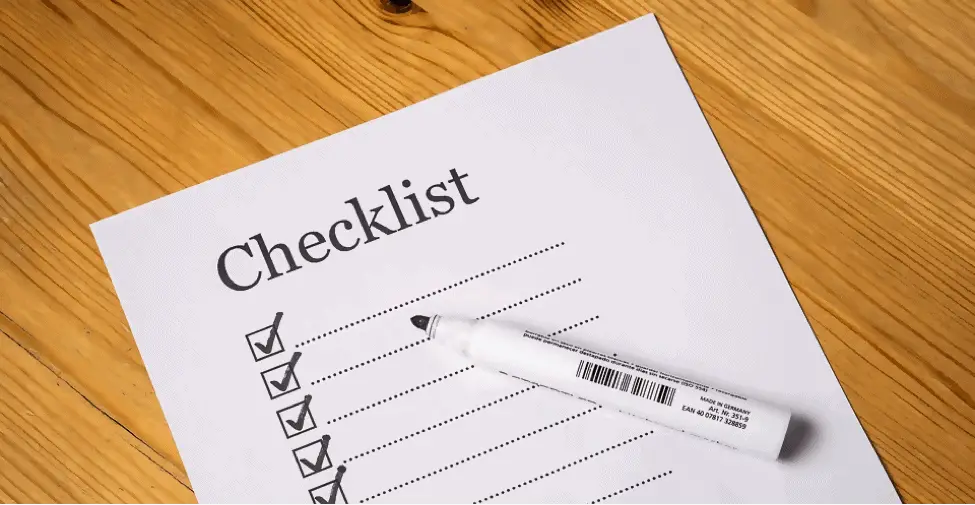
A quick rundown of what you need to do for food storage just in case the inevitable comes:
Purchasing Foods And Shelf-life
Have an essential list at hand of necessary non-perishable foods to be stored in your doomsday pantry.
Plus, have your doomsday pantry neatly organized so that if the time comes, you’ll know where to go for a quick and efficient emergency meal.
Also, get to know the expiry dates of each food for consumption and prevent food wastage and properly store foods that have capabilities of lasting beyond their expiry dates.
Preparing To Store Your Foods
Containers are a big part of long-term food storage by keeping away elements that could otherwise affect it.
Even though dates have been predicted before on when the apocalypse would happen, needless to say, we shouldn’t really focus on when the end of the world would be, but rather more towards how we’ll survive in circumstances that we can still control.
The least we could do to ensure our own survival is by learning the necessary skills, stock up the right quantities of food and water, and maybe get yourself an electric generator.
Give yourself the chance to prepare for doomsday today, because tomorrow is never promised that you’ll be able to do so.
Bonus Tips
- Save more by purchasing food in bulk as smaller food packages tend to be expensive.
- If you’re looking to purchase additional foods, opt to wait for sales at your selected grocery store as these sales often include canned goods.
- Practice rotating your food supplies by placing the oldest food first and the newest at the back to avoid wasting food that has gone past its expiry date.
- Stock up on 5-Gallon food grade buckets if you’re going to be storing your food for over a month.
- You can also opt for cheaper 3-gallon buckets for $1 each at Walmart instead of paying for $5-8 per bucket.
- Walmart sells affordable emergency food as many of their food bucket products are under $50.
- Dried beans are cheap and usually cost $1 for 2lb. When stored properly, they can be kept for up to 30 years.
